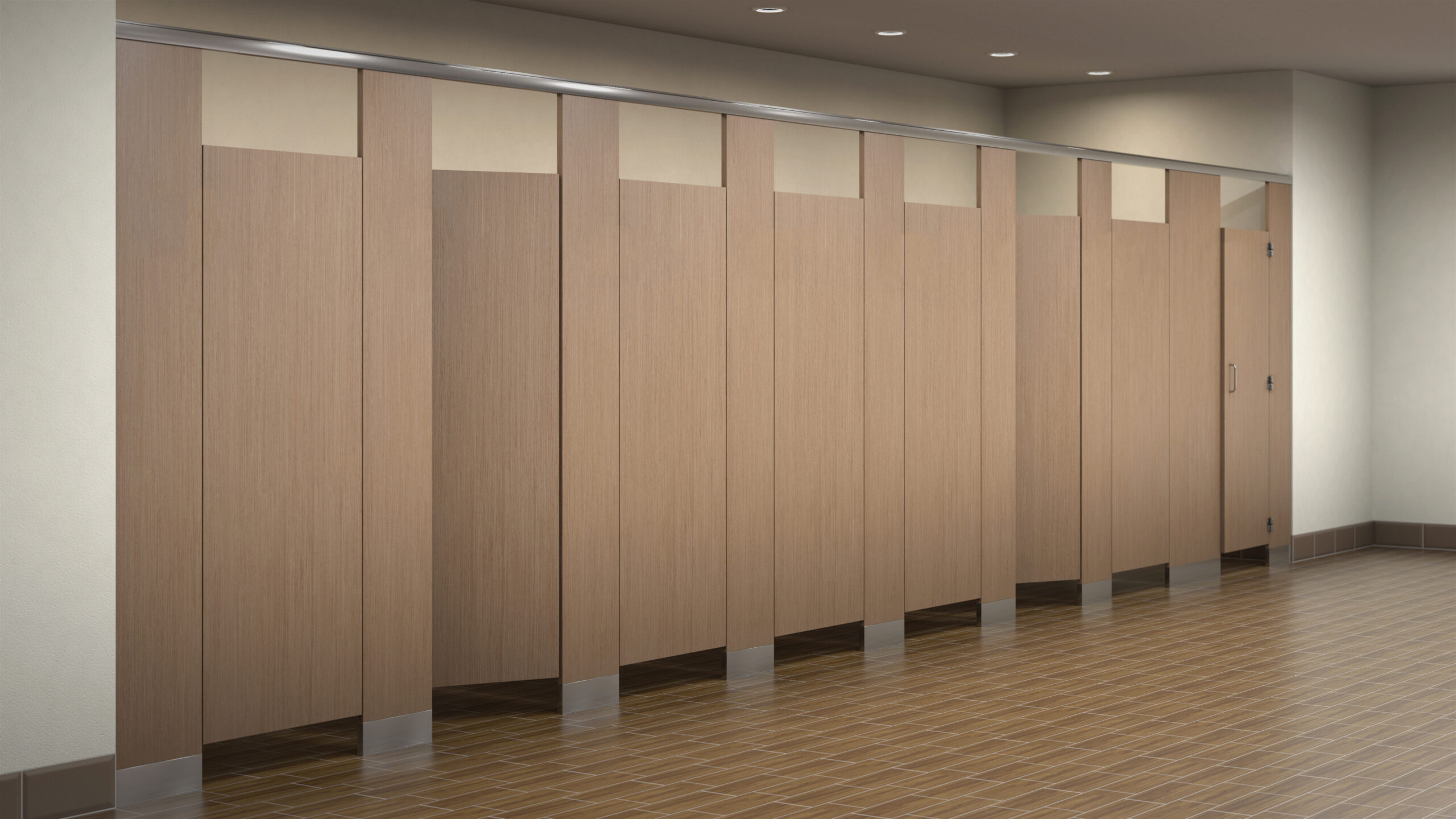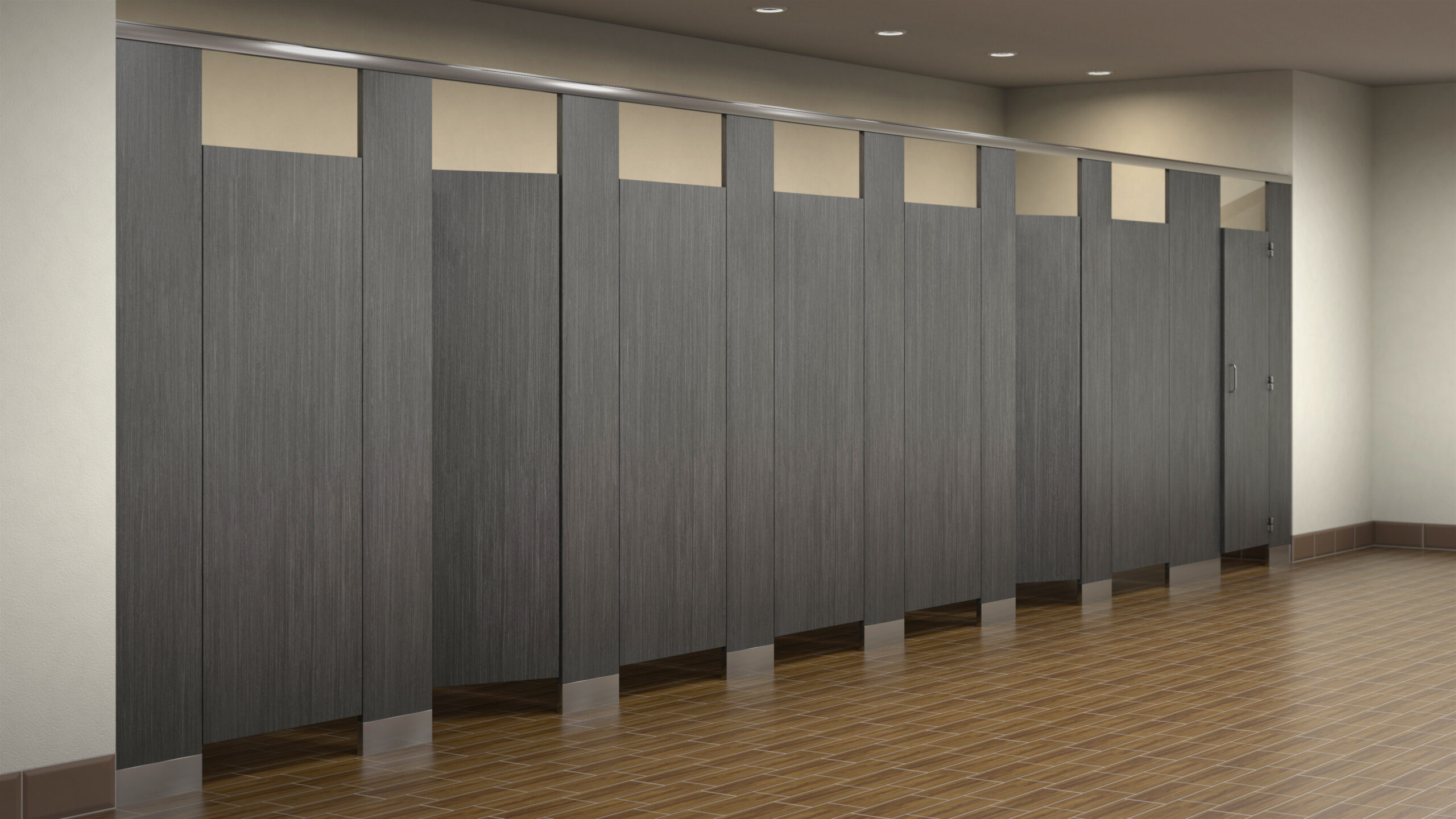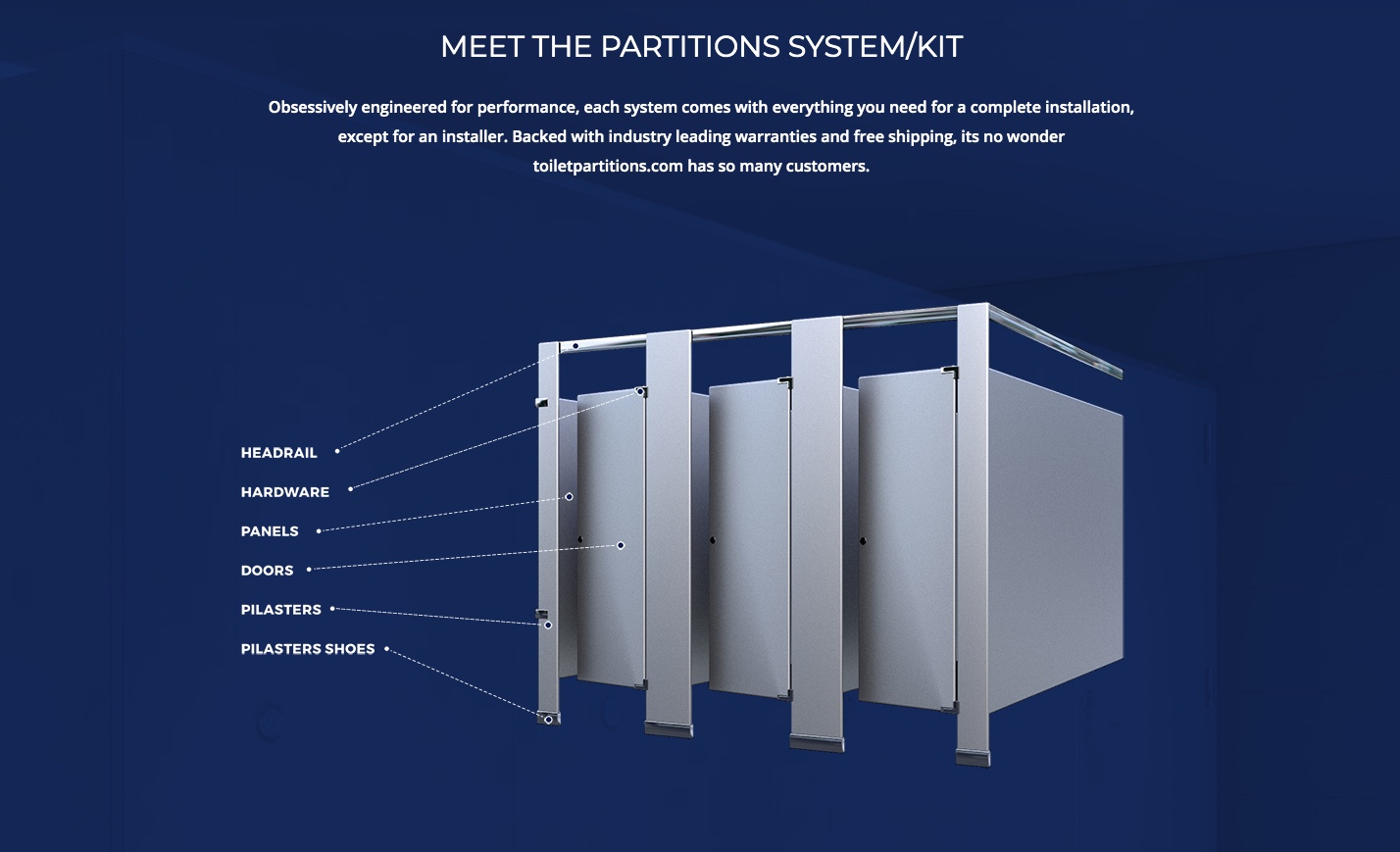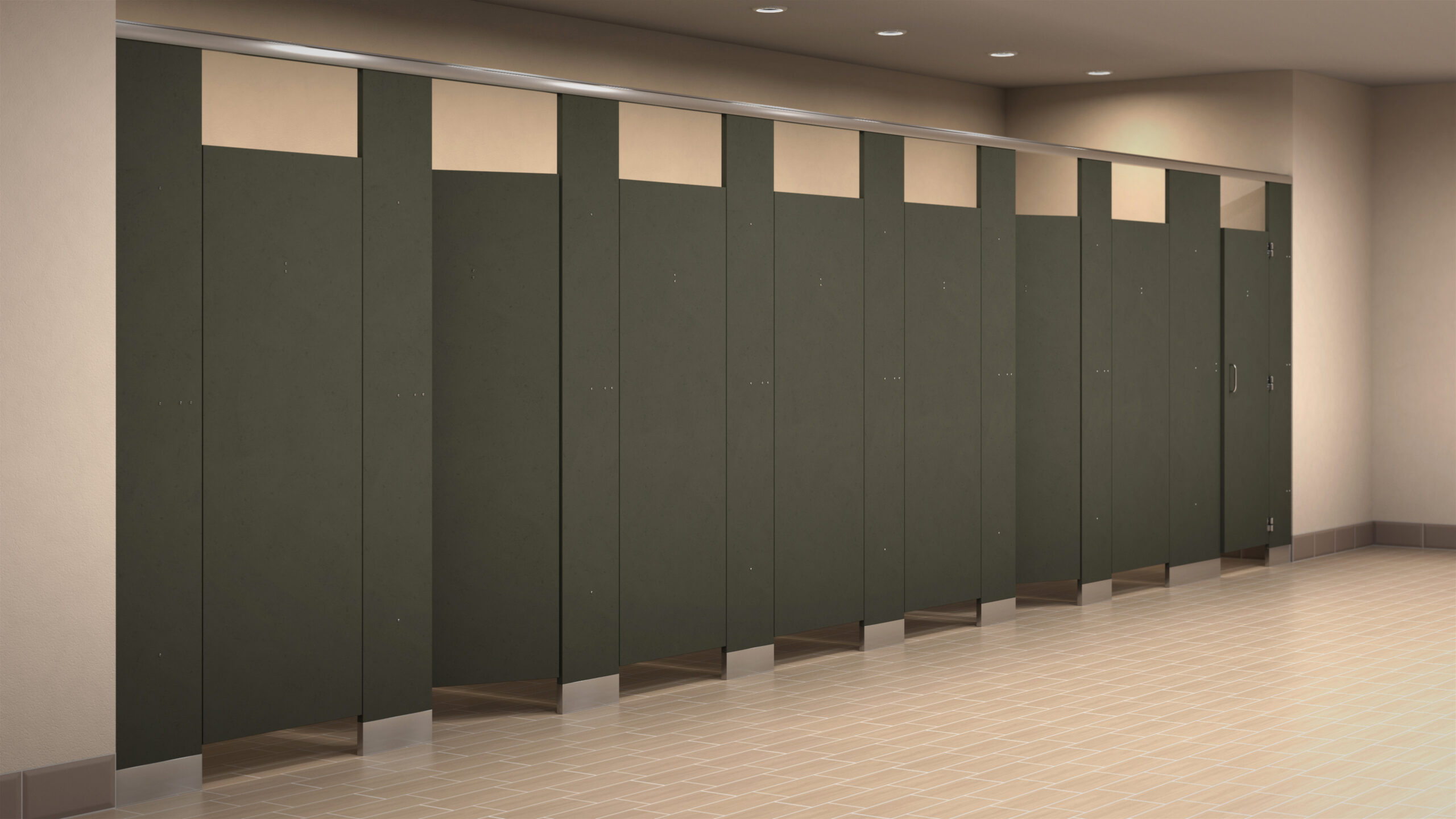The Bobrick 1552 Metro Series Partition: Everything You Need to Know About This Safe, Stylish Option
We’ll never try to psyche you up on something that we’re not actually psyched about, so when we tell you that we’ve got a topic that you’re bound to be thrilled about at the end of this article, we hope you’ll stick
View











